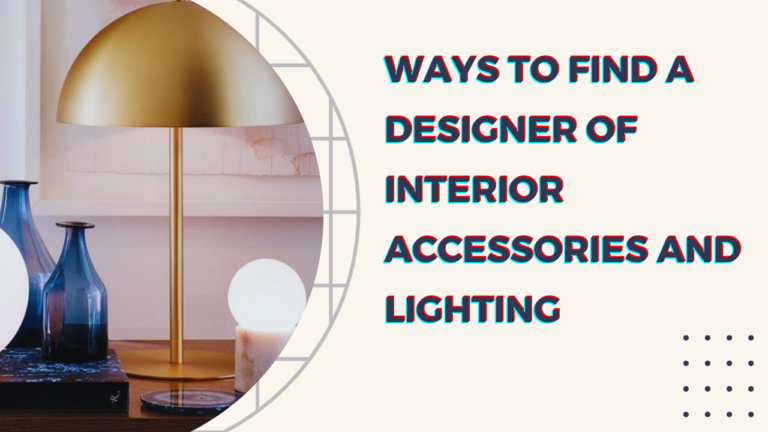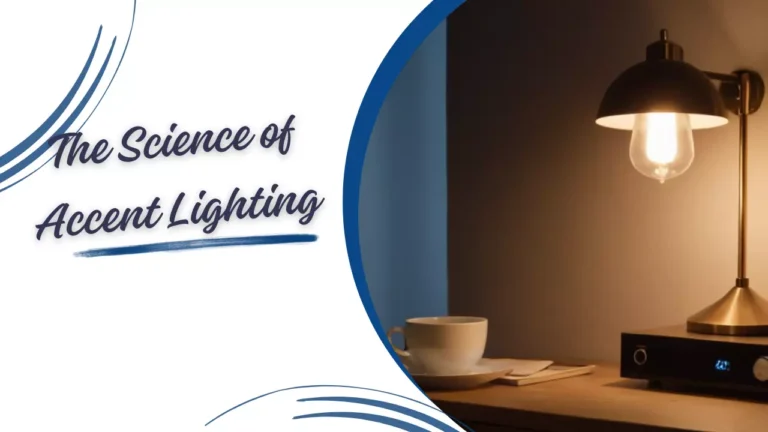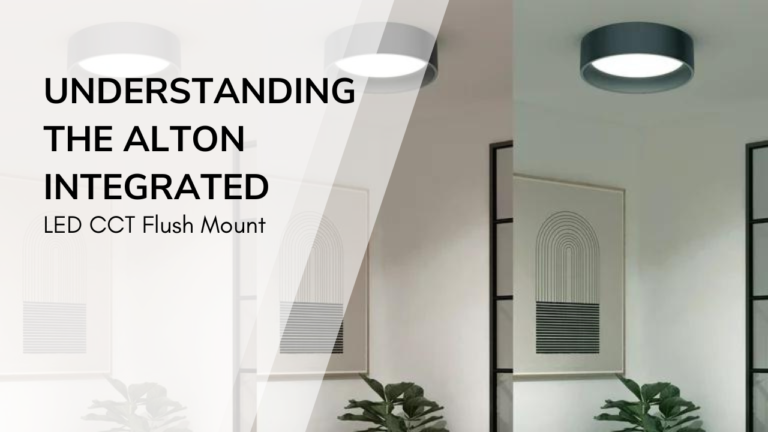How to Use Accent Lighting to Highlight Artwork and Décor
Accent lighting can dramatically transform your home by drawing attention to your favorite pieces of art and enhancing the overall ambiance of your space. By strategically using accent lighting, you can not only showcase artwork but also elevate your décor. In this guide, we’ll explore how to effectively use accent lighting to highlight artwork and décor, ensuring your home looks its best.
Understanding Accent Lighting for Artwork
What is Accent Lighting?
Accent lighting refers to lighting designed to highlight specific areas or objects, such as artwork or décor. Unlike general lighting, which illuminates an entire room, accent lighting creates focus and draws attention to particular features. It enhances the visual appeal by providing contrast and depth, making the highlighted elements stand out.
Benefits of Using Accent Lighting
Accent lighting brings several advantages:
- Emphasizes Key Features: It directs attention to artwork or décor, making them the focal points of the room.
- Adds Depth and Drama: Properly placed accent lights can create shadows and highlights, adding dimension and drama to your space.
- Enhances Mood and Atmosphere: By highlighting specific elements, accent lighting can set the desired mood and atmosphere, whether it’s cozy, dramatic, or sophisticated.
Choosing the Right Accent Lighting for Artwork
Types of Accent Lighting
When selecting accent lighting for artwork, consider the following types:
- Spotlights: Adjustable spotlights are ideal for focusing light on specific areas or pieces of art. They allow you to direct the beam precisely where needed.
- Track Lighting: This versatile option allows you to position multiple lights on a single track, offering flexibility in highlighting various pieces of artwork or décor.
- Recessed Lighting: Installed into the ceiling, recessed lights provide a subtle and unobtrusive way to highlight artwork without overwhelming the space.
Light Color and Temperature
The color and temperature of the light can significantly impact how artwork is perceived. Warm light (2700K-3000K) tends to create a cozy atmosphere and brings out rich colors in artwork. Cool light (4000K-5000K) enhances details and creates a modern feel. For best results, choose a light color temperature that complements the colors and textures of your artwork.
Placement and Angle
Positioning is key to effective accent lighting. Aim to place lights at a 30-degree angle to the artwork to minimize glare and shadows. Experiment with different heights and distances to find the most flattering position. Ensure that the light does not cause reflections or distort the colors of the artwork.
Highlighting Home Décor with Accent Lighting
Lighting Techniques for Home Décor
When it comes to highlighting home décor, consider these techniques:
- Wall Wash Lighting: This technique involves placing lights to wash the wall with light, creating a soft, diffused glow that highlights the décor against the wall.
- Backlighting: Positioning lights behind décor items or furniture can create a halo effect, adding drama and depth.
- Uplighting: Placing lights below or near the base of objects, such as sculptures or plants, can create an upward light flow that emphasizes their shape and texture.
Combining Lighting with Décor Styles
Match the type of accent lighting with your décor style to enhance the overall look. For modern décor, sleek, minimalistic lighting fixtures work well. In contrast, traditional or classic styles benefit from more elaborate lighting designs, such as chandeliers or ornate sconces. Ensure the lighting complements your décor rather than competing with it.
Using Accent Lighting to Create Ambiance
Accent lighting can set the mood for any space. For example:
- Romantic Atmosphere: Use dimmable lights and warm tones to create a cozy, intimate setting.
- Elegant Look: Combine accent lights with dimmer switches to adjust the intensity and create a sophisticated ambiance.
- Vibrant Energy: Bright, cool-toned lights can energize the space and highlight vibrant décor pieces.
Tips for Installing and Adjusting Accent Lighting
Professional vs. DIY Installation
While installing accent lighting yourself can be a rewarding project, consider professional installation for complex setups. Professionals ensure proper placement, wiring, and fixture choices to achieve the best results. For simpler installations, follow manufacturer instructions carefully and use appropriate tools.
Adjusting Light Intensity and Direction
After installation, take time to adjust the light intensity and direction. Use dimmer switches to control the brightness and experiment with angles to find the perfect highlight for your artwork and décor. Regularly check and adjust the settings as needed to maintain optimal lighting conditions.
Maintaining and Updating Your Lighting Setup
Regular maintenance is crucial for keeping your lighting setup in top condition. Clean fixtures and bulbs periodically to ensure maximum brightness and avoid buildup that can affect performance. As your décor changes, update your lighting setup accordingly to keep everything looking fresh and well-highlighted.
Conclusion
Incorporating accent lighting into your home can transform your space, making your artwork and décor stand out beautifully. By choosing the right type of lighting, considering light color and placement, and using effective techniques, you can enhance the visual appeal of your home. Whether you opt for professional installation or a DIY approach, remember to adjust and maintain your lighting setup to achieve the best results.







